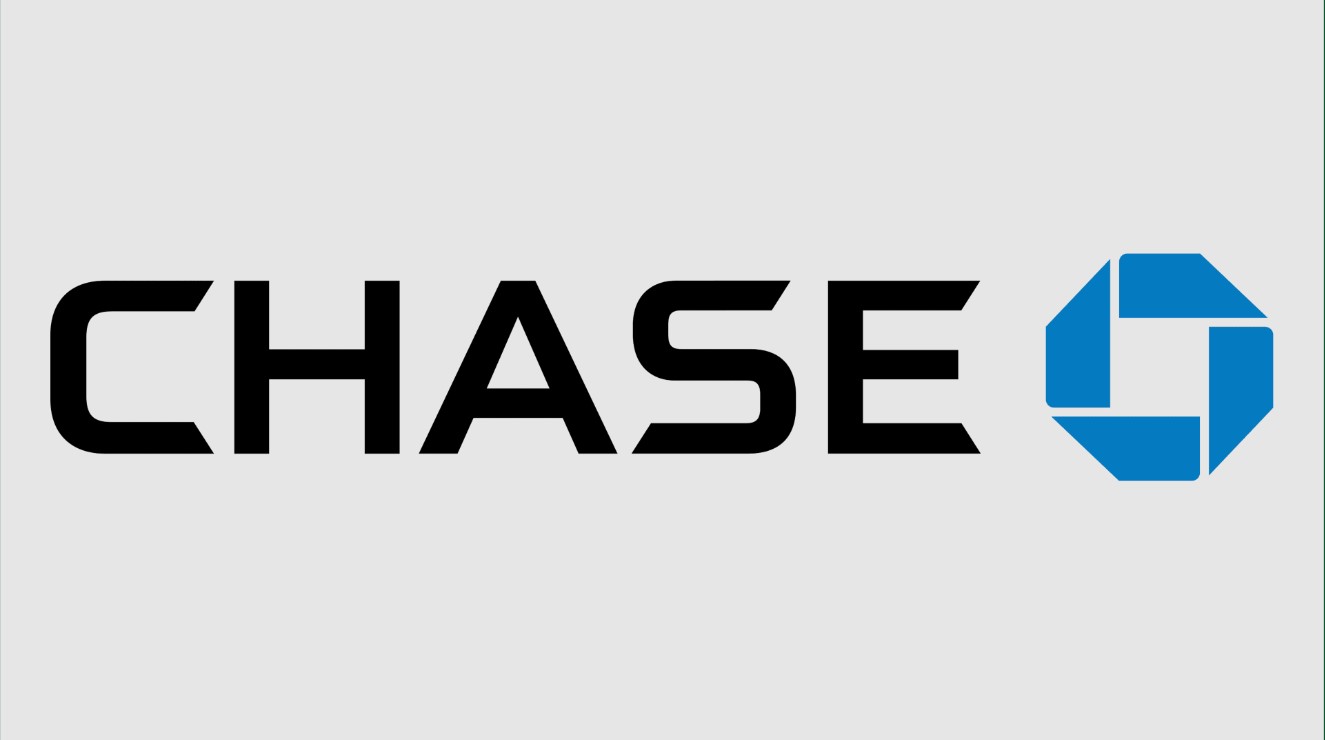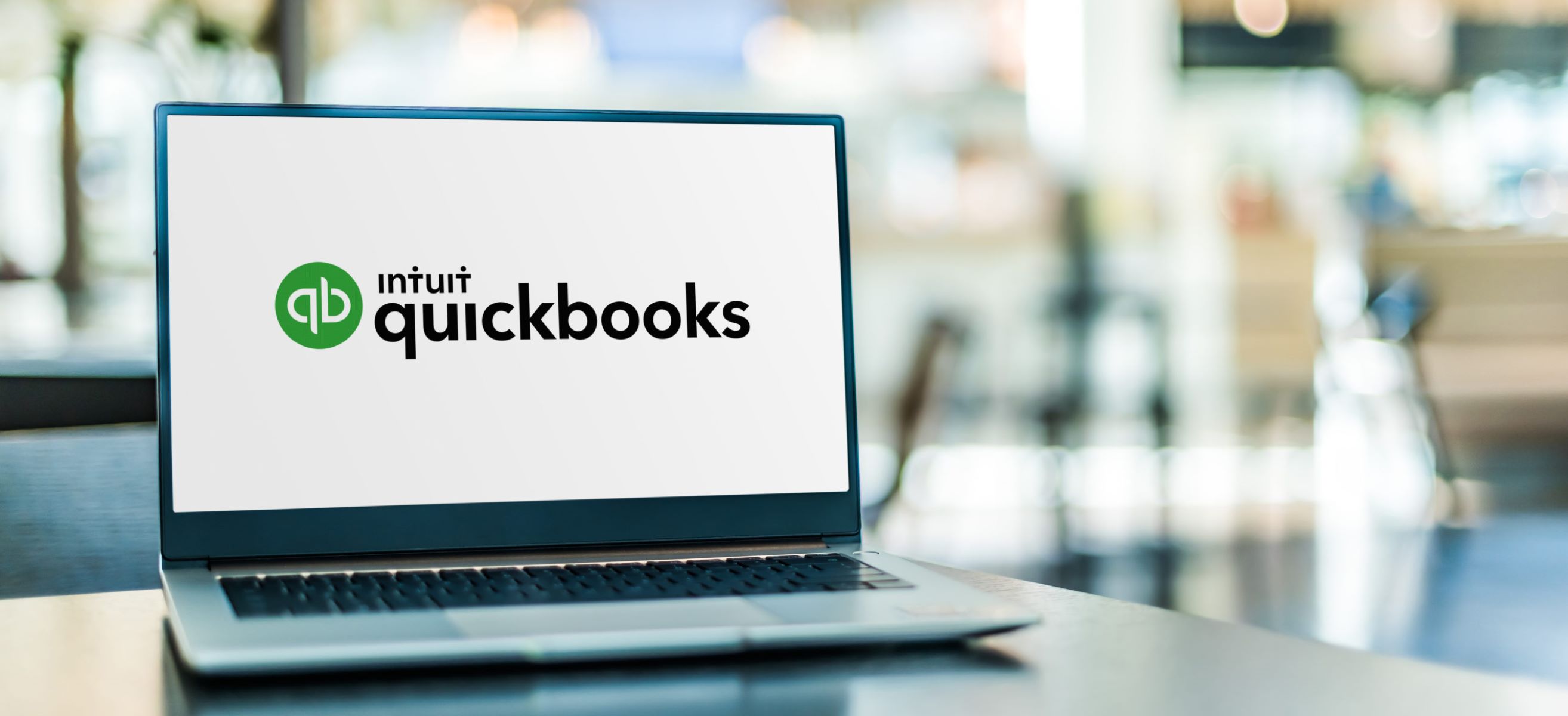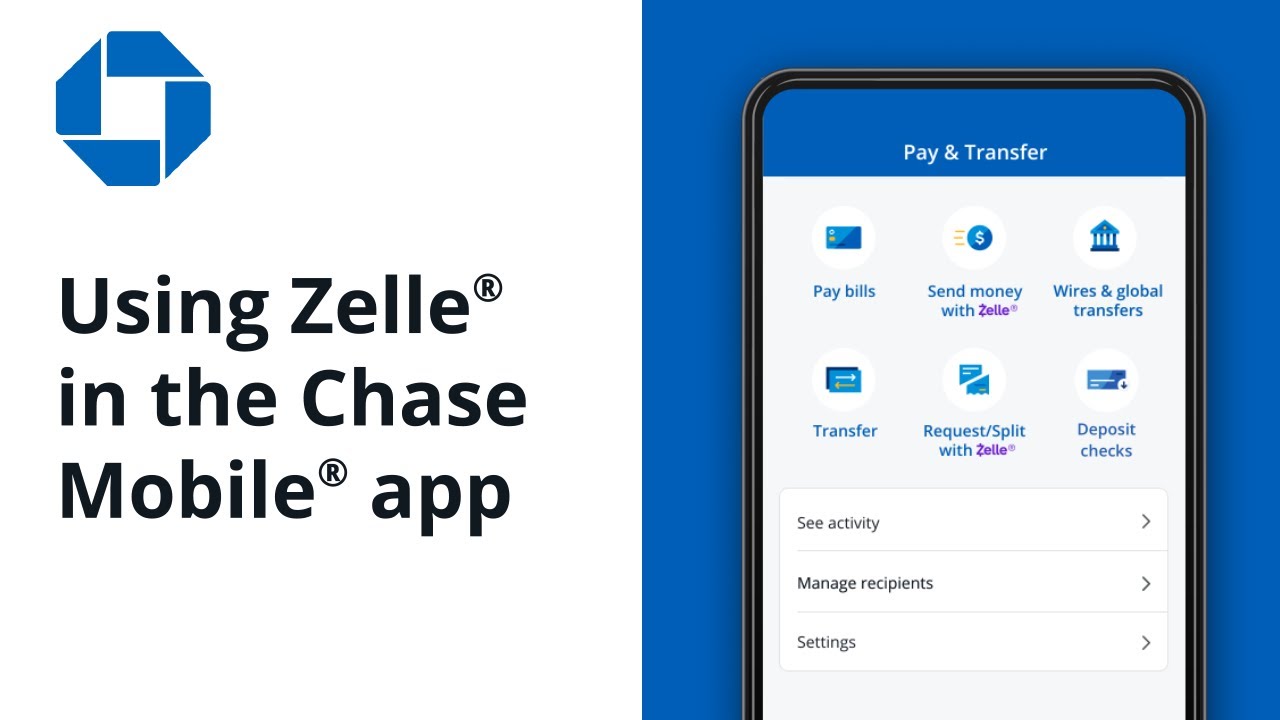Introduction
Welcome to the guide on how to download a QBO file from Chase. If you’re a Chase bank customer looking to import your transaction data into accounting software such as QuickBooks, the QBO file format is what you’ll need. The QBO file (QuickBooks Online file) contains financial data in a format that can be easily read and imported by accounting software.
Downloading the QBO file from Chase is a simple process that can be done through online banking. By following a few easy steps, you’ll have your transaction data ready for import into QuickBooks or other compatible accounting software.
Before we begin, make sure you have access to your Chase online banking account. If you haven’t set up online banking yet, you’ll need to do so to proceed with the steps outlined in this guide.
In the next section, we’ll walk you through the step-by-step process of downloading a QBO file from Chase. Whether you’re a small business owner managing your finances or an individual looking to keep track of your personal transactions, this guide will help you get the QBO file you need.
Step 1: Log in to your Chase online banking account
The first step in downloading a QBO file from Chase is to log in to your Chase online banking account. Open your preferred web browser and visit the official Chase website.
Once you’re on the Chase website, locate the login section. You will typically find this at the top right corner of the page or in the main navigation menu. Click on the “Sign in” or “Log in” button to proceed.
On the login page, you’ll be prompted to enter your Chase online banking username and password. Make sure you enter the correct credentials associated with your account. If you haven’t enrolled in Chase online banking, you’ll need to do so before you can proceed with downloading the QBO file.
After entering your username and password, click on the “Sign in” or “Log in” button to access your Chase online banking account.
It’s important to note that some Chase customers may be prompted to complete a two-factor authentication process for enhanced security. This may involve receiving a verification code via text message or email, which you’ll need to enter to verify your identity.
Once you have successfully logged in to your Chase online banking account, you are ready to move on to the next step of downloading the QBO file.
Step 2: Navigate to the Activity page
After logging in to your Chase online banking account, the next step is to navigate to the Activity page. This is where you’ll find all your transactions and the option to download the QBO file.
In the main dashboard or homepage of your Chase online banking account, look for the “Activity” or “Transactions” tab. It is usually located in the main navigation menu or listed as a separate section on the webpage.
Click on the “Activity” or “Transactions” tab to access the activity page. Here, you’ll see a summary of your recent transactions, including the date, description, and amount.
Depending on the layout of your Chase online banking interface, the activity page may have different sections or filters that allow you to view specific transactions based on criteria such as dates or specific accounts. Take a moment to familiarize yourself with the options available.
By default, the activity page will display a list of your most recent transactions. However, if you need to search for specific transactions or set specific filters before downloading the QBO file, you can do so using the search or filter functionality provided on the page.
Once you’ve accessed the activity page and set any necessary filters, you’re ready to proceed to the next step in downloading the QBO file from Chase.
Step 3: Select the transactions you want to download
After navigating to the activity page in your Chase online banking account, it’s time to select the transactions that you want to download in the QBO format. This step allows you to filter and choose the specific transactions you need for your accounting records.
On the activity page, you’ll see a list of your recent transactions organized by date, description, and amount. Scroll through the list to locate the transactions you want to include in the QBO file.
If you have a large number of transactions and need to narrow down the list, Chase provides different options to filter your transactions. Look for filter options such as date range, specific account selection, or transaction type.
By selecting the desired filters, you can streamline your search and display only the transactions that match your criteria. This can be useful when you want to download transactions from a specific time period or from a specific account.
Once you have applied the necessary filters and the desired transactions are displayed, you can proceed to select the transactions to be included in the QBO file.
Typically, there will be checkboxes or selection options next to each transaction. Check the boxes or click on the selection options for the transactions you want to download. You can select individual transactions or use the “Select All” option to choose all transactions on the page.
If the transactions you want to download span across multiple pages, make sure to navigate through the pages and select the transactions from each page accordingly.
By carefully selecting the transactions you need, you are now ready to move on to the next step in the process of downloading the QBO file from Chase.
Step 4: Choose the QBO file format
Once you have selected the transactions you want to download, the next step is to choose the QBO file format. The QBO file format is specifically designed for importing financial data into accounting software programs like QuickBooks.
On the activity page or a related menu, look for the option to export or download the selected transactions. This option may be labeled as “Download Transactions,” “Export,” or something similar.
Click on the appropriate option to proceed with the download. A pop-up or dropdown menu will appear, presenting you with different file format options.
Look for the QBO file format among the available options. Sometimes, it may be listed as “QuickBooks” or “QuickBooks Online” format. Select the QBO file format to ensure compatibility with accounting software programs.
Depending on the Chase online banking interface, you may also have the option to select specific details or settings for the QBO file. This could include preferences like including/excluding pending transactions, including/excluding transaction descriptions, or specifying the date range.
Review the available options and select the preferences that align with your needs. If you’re unsure about any specific settings, you can refer to the user documentation or contact Chase customer support for assistance.
After choosing the QBO file format and any additional preferences, click on the “Download” or “Export” button to initiate the file download process.
It’s important to note that depending on the number of transactions and the size of the file, the download process may take a few seconds or longer. Be patient and ensure that the file is fully downloaded before proceeding to the next step.
With the file format selected and the download completed, you’re one step closer to obtaining the QBO file from Chase.
Step 5: Click on the download button
After choosing the QBO file format and selecting any necessary preferences, the next step is to click on the download button to initiate the download process. This will save the QBO file onto your computer or device for further use and importation.
On the download options page, you will typically see a button or link labeled as “Download,” “Export,” or a similar term. Click on this button to start the download process.
Depending on your browser settings, you may be prompted to choose a location on your computer where you want to save the QBO file. Select the desired destination folder and click “Save” to proceed.
It’s important to ensure that you have sufficient storage space available on your computer to save the QBO file. Check the available storage space and make any necessary arrangements before proceeding with the download.
As the QBO file begins to download, you may see a progress indicator or a confirmation prompt in your browser window. The download speed will vary depending on the size of the file and your internet connection speed. Be patient and allow the download process to complete.
Once the download is complete, you can verify the successful download by locating the QBO file in the destination folder you selected earlier. Check the file size and ensure that it matches the expected size for your selected transactions.
Congratulations! You’ve successfully clicked on the download button and obtained the QBO file from Chase. Now, it’s time to proceed to the final step of saving the QBO file to your computer or device.
Step 6: Save the QBO file to your computer
After successfully downloading the QBO file from Chase, the final step is to save it to your computer or device. This will ensure that you have easy access to the file for future use and importation into your accounting software.
Locate the downloaded QBO file on your computer. By default, it is usually saved in the “Downloads” folder, but depending on your browser settings, it may be saved in a different location.
If you’re unsure where the file was saved, you can use the search functionality on your computer to locate the file. Use the file name or a relevant keyword from the transaction details to help narrow down the search results.
Once you have found the QBO file, right-click on it and select the “Save” or “Save As” option. Choose the desired folder or location where you want to store the file.
When selecting the destination folder, consider creating a dedicated folder for your downloaded QBO files or organizing them within existing folders related to your accounting software or financial records.
Give the QBO file a meaningful and descriptive name. This will make it easier to identify the file when you need to import it into your accounting software in the future. Avoid using generic or ambiguous names that may cause confusion later on.
Once you have determined the destination folder and given the file an appropriate name, click “Save” to complete the process of saving the QBO file to your computer.
Verify that the file is successfully saved by navigating to the designated folder and confirming the presence of the QBO file. Double-check the file size and ensure that it matches the size of the downloaded file.
Congratulations! You have successfully saved the QBO file to your computer, and it is ready for importation into your accounting software. You can now proceed to import the QBO file and integrate your transaction data into your financial records.
Conclusion
Downloading a QBO file from Chase is a straightforward process that allows you to easily transfer your transaction data into accounting software such as QuickBooks. By following the steps outlined in this guide, you can efficiently obtain the QBO file and keep your financial records up to date.
From logging in to your Chase online banking account to selecting and downloading the desired transactions, each step plays a crucial role in ensuring a successful download. Remember to choose the QBO file format and any necessary preferences to customize the file according to your needs.
After clicking on the download button and saving the QBO file to your computer, you can proceed with importing it into your accounting software. This integration will streamline your financial management and provide you with accurate and up-to-date records.
It’s important to regularly download your transaction data from Chase to keep your accounting software in sync with your bank transactions. This will help you reconcile your accounts, track expenses, and generate accurate financial reports.
By following the steps outlined in this guide, you can simplify the process of downloading a QBO file from Chase and ensure the seamless transfer of your financial data. Should you encounter any difficulties or require further assistance, don’t hesitate to reach out to Chase customer support or consult the user documentation for additional guidance.
Now that you have a clear understanding of how to download a QBO file from Chase, you can confidently manage your financial records and focus on growing your business or personal finances.

























